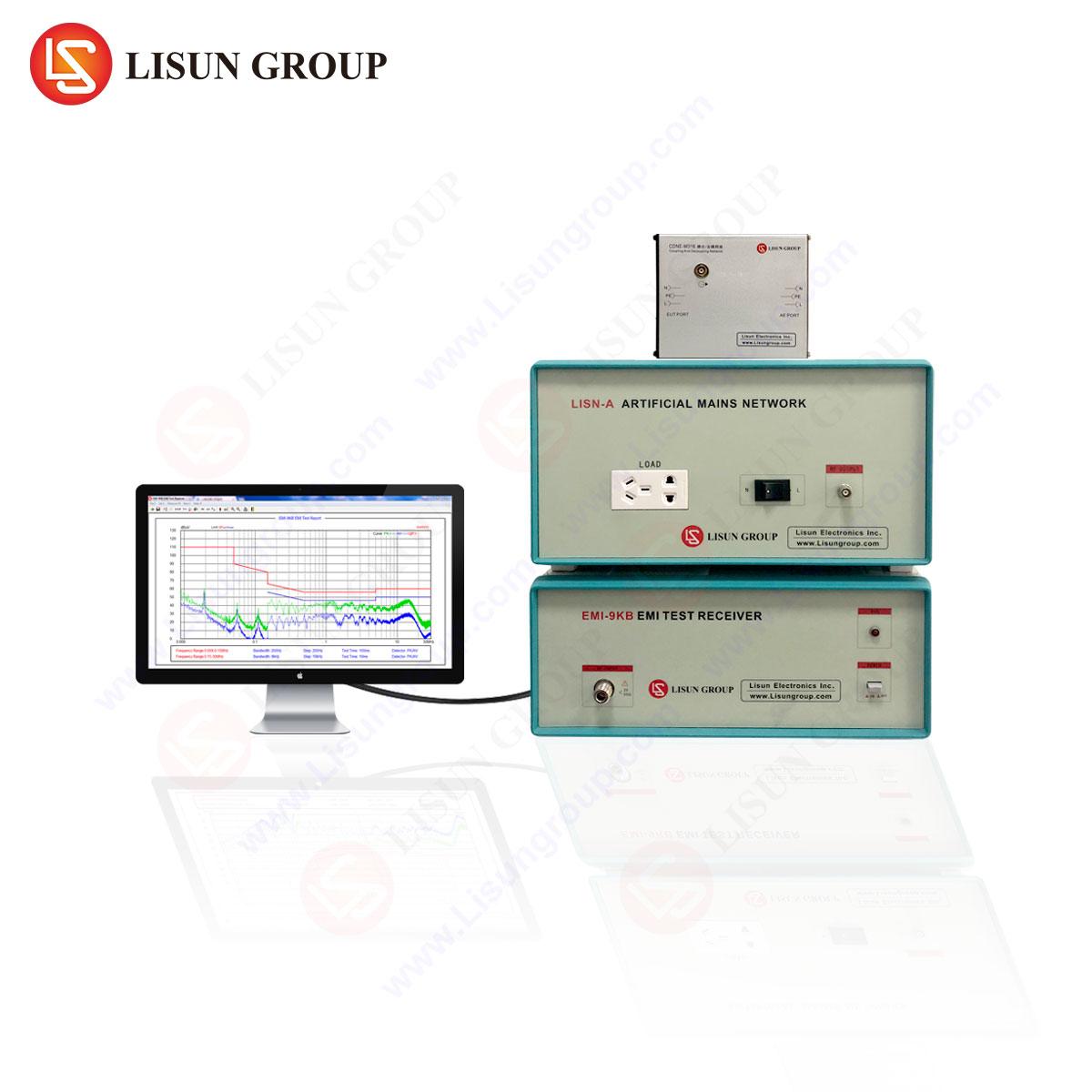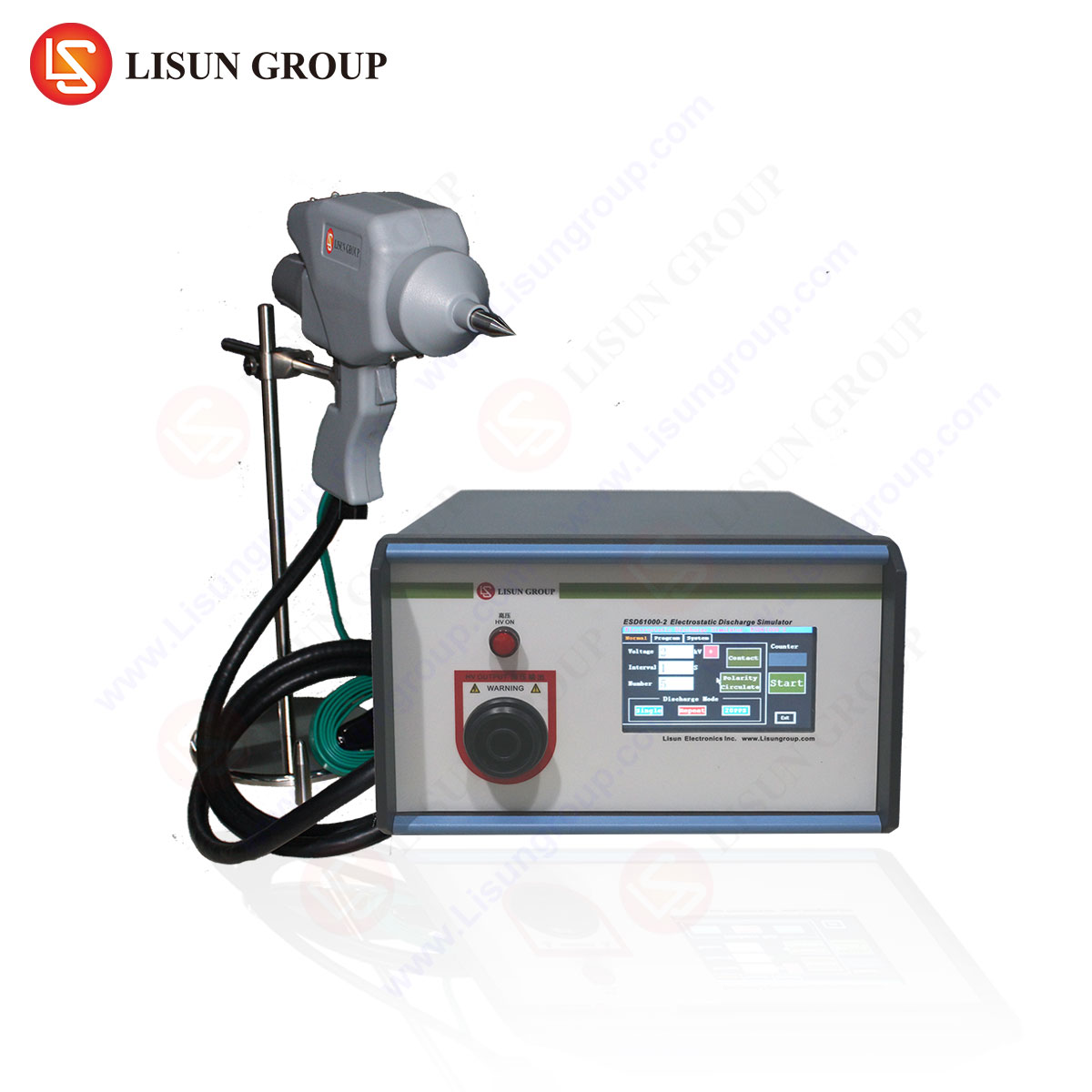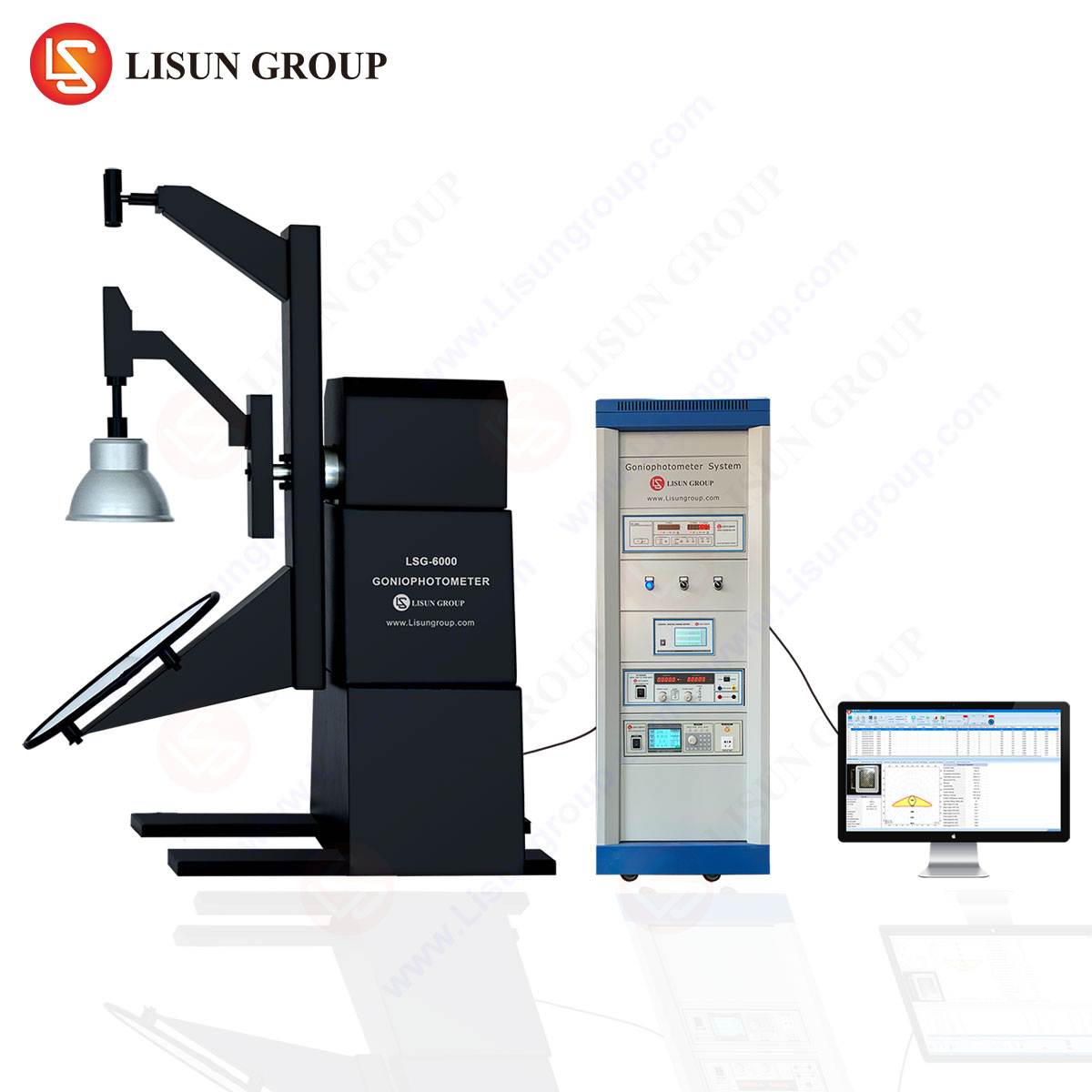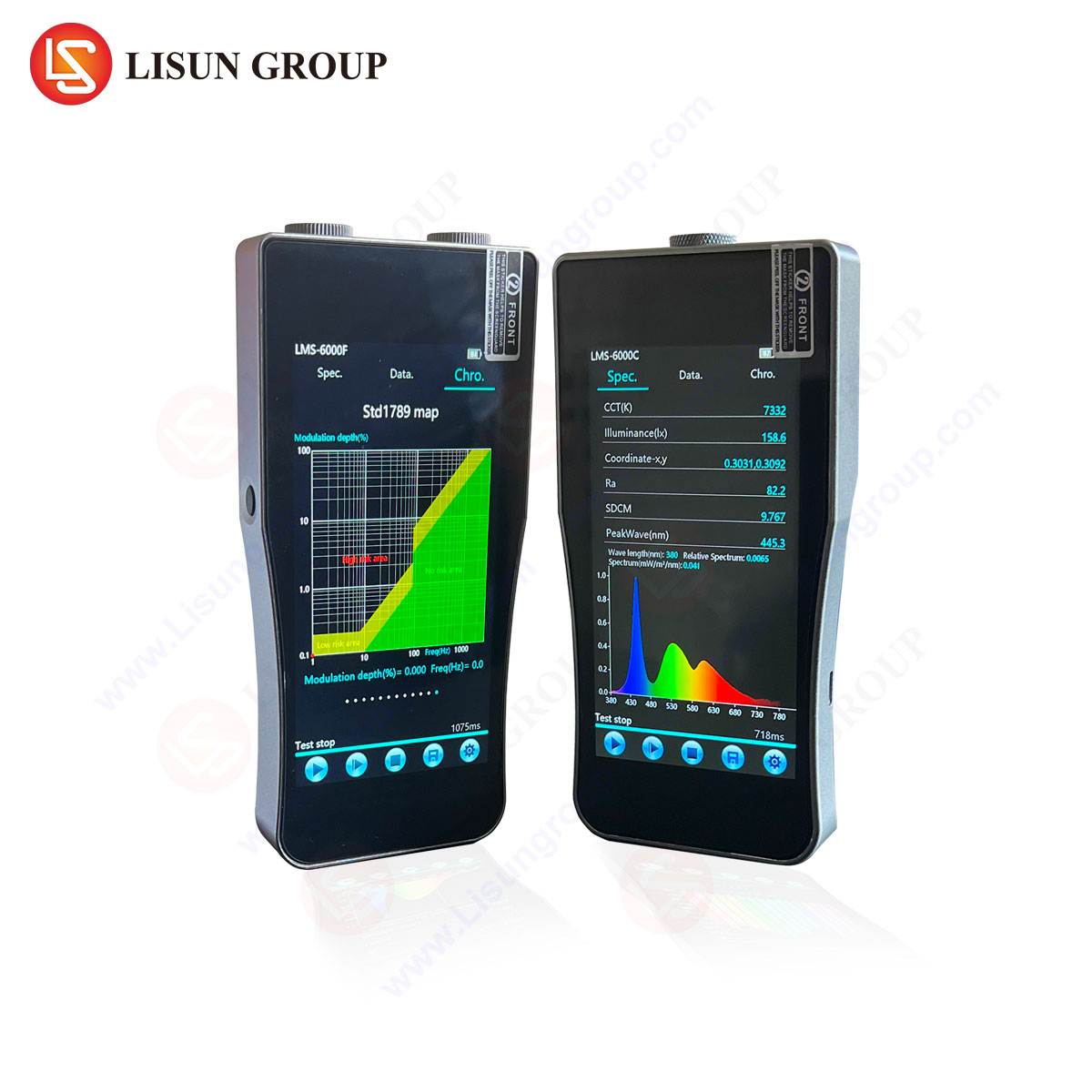Optimizing LED Lumen Tester Performance: A Technical Analysis of Integrating Sphere Systems
Abstract
The precise measurement of luminous flux (lumens) and other photometric, colorimetric, and electrical parameters is a cornerstone of quality assurance and research across numerous industries reliant on LED technology. The performance of an LED lumen tester is not a singular attribute but a complex interplay of its constituent components, calibration methodologies, and adherence to international standards. This technical article provides a comprehensive examination of the factors critical to optimizing such testing systems, with a specific focus on the principles and applications of integrated sphere and spectroradiometer configurations. The analysis is contextualized through the capabilities of the LISUN LPCE-3 Integrated Spectroradiometer System, detailing its operational principles, specifications, and its role in ensuring accurate and reliable data in demanding industrial and research environments.
Fundamentals of Luminous Flux Measurement
The accurate quantification of total luminous flux, the perceived power of light adjusted for the spectral sensitivity of the human eye, presents unique challenges distinct from simple illuminance measurement. An integrating sphere, a hollow spherical cavity with a highly reflective and diffuse interior coating, serves as the primary tool for this purpose. The underlying principle is based on the creation of a uniform radiance field. When a light source is placed inside the sphere, its light undergoes multiple diffuse reflections. A detector, shielded from direct illumination from the source by a baffle, then measures the spatially integrated flux. The output is proportional to the total luminous flux of the source under test. For absolute measurements, this system must be calibrated using a standard lamp of known luminous flux. The mathematical relationship is governed by the sphere’s multiplier constant, which accounts for the sphere’s size, reflectance, and spatial response. Any deviation from ideal diffuse reflection, non-uniform coating, or improper baffling introduces significant measurement uncertainty, underscoring the need for precision engineering in the sphere’s construction.
Critical Components of a High-Performance Testing System
An optimized LED lumen tester extends beyond the sphere itself, comprising a synergistic array of components. The sphere’s interior coating, typically composed of barium sulfate or Spectraflect®/Optolect®, must exhibit high and spectrally flat reflectance across the visible spectrum (380-780nm) to minimize absorption errors. The geometric configuration, including the placement of the test source, auxiliary lamp for self-absorption correction, and the detector or spectrometer input port, is critical. The photodetector or, more advancedly, the spectroradiometer, forms the analytical core. While a photopic-filtered photodetector can provide luminous flux, a spectroradiometer enables the derivation of a comprehensive set of parameters, including chromaticity coordinates (CIE 1931, 1976), correlated color temperature (CCT), color rendering index (CRI), spectral power distribution (SPD), and peak wavelength. The system’s electronic power supply and control unit must provide stable, programmable electrical parameters (voltage, current, power) to the LED under test, as LED performance is highly sensitive to its driving conditions.
The Role of Spectroradiometry in Comprehensive LED Characterization
Integrating a spectroradiometer into the testing apparatus elevates the system from a simple photometer to a complete optical characterization tool. By capturing the full spectral power distribution of the light source, a spectroradiometer allows for the calculation of all photometric and colorimetric values through software, eliminating the need for multiple, discrete filters and detectors. This is paramount for evaluating modern LEDs, where subtle spectral nuances impact application-specific performance. For instance, in medical lighting equipment, the precise spectral output can influence circadian rhythms or the accuracy of clinical observations. In display equipment testing, the gamut coverage and color accuracy are directly derived from the SPD. The use of a spectroradiometer, such as the one integrated into the LISUN LPCE-3 system, mitigates errors associated with photopic filter mismatch—a common source of inaccuracy when measuring non-incandescent light sources whose spectra differ significantly from the calibration source.
System Architecture and Operational Principles of the LPCE-3
The LISUN LPCE-3 Integrated Spectroradiometer System exemplifies a modern approach to LED lumen testing. The system architecture consists of a high-reflectance integrating sphere, a CCD array-based spectroradiometer, a programmable AC/DC power supply, and a computer with dedicated analysis software. The testing principle follows a traceable chain: the spectroradiometer is first calibrated for wavelength and irradiance response using a standard lamp traceable to the National Metrology Institute. The integrating sphere is then characterized for its spectral throughput. During operation, an LED luminaire or module is powered by the stable supply and placed within the sphere. The scattered light is sampled by the spectroradiometer via a fiber optic cable. The software captures the SPD and, through integration with the CIE spectral luminous efficiency functions V(λ) and color matching functions, computes all required parameters in a single measurement cycle.
Key Specifications of the LISUN LPCE-3 System:
- Integrating Sphere: Available in diameters of 0.5m, 1m, 1.5m, and 2m, coated with highly stable Spectraflect®-like diffuse material.
- Spectroradiometer: Wavelength range typically 380-780nm, with a wavelength accuracy of ±0.3nm and high photometric linearity.
- Measured Parameters: Luminous Flux (lm), Luminous Efficacy (lm/W), CCT (K), CRI (Ra), CIE 1931/1976 Chromaticity Coordinates, Spectral Power Distribution (SPD), Peak Wavelength, Dominant Wavelength, Color Purity, and electrical parameters (Voltage, Current, Power, Power Factor).
- Compliance: Designed to meet the requirements of CIE 177, CIE-13.3, CIE-84, and LM-79, among others.
Addressing Measurement Uncertainty through Self-Absorption Correction
A significant source of systematic error in integrating sphere photometry is the self-absorption effect. The introduction of any object, including the light source under test, into the sphere alters the sphere’s total reflectance because the object absorbs a portion of the incident light. For sources with different physical dimensions and surface reflectances compared to the standard lamp used for calibration, this introduces a measurable error. The auxiliary lamp method is the industry-standard technique for correcting this error. A second, stable light source, the auxiliary lamp, is permanently mounted on the sphere wall. The measurement procedure involves a four-step sequence: measuring the sphere signal with only the auxiliary lamp, then with the test lamp and auxiliary lamp together, then with only the test lamp, and finally with no lamps (to measure dark signal). These values are used to compute a correction factor that accounts for the presence of the test object. The LPCE-3 system automates this procedure, ensuring that reported luminous flux values are corrected for self-absorption, a critical step for achieving high accuracy, particularly when testing large or dark-colored LED modules common in automotive and aerospace lighting.
Application-Specific Testing Protocols Across Industries
The versatility of an optimized LED tester is demonstrated by its application across diverse sectors, each with unique requirements and standards.
- Automotive Lighting Testing: Beyond total luminous flux, regulations such as ECE and SAE mandate specific photometric intensities and chromaticity zones for headlamps, tail lights, and signal lamps. The LPCE-3 system can verify that LED clusters meet these stringent color and intensity requirements.
- Aerospace and Aviation Lighting: Navigation lights, cockpit displays, and cabin lighting require extreme reliability and precise color output. Testing must often be performed under varying temperature and voltage conditions, which the system’s programmable power supply can simulate.
- Display Equipment Testing: For LCD backlight units and OLED displays, parameters like color gamut, white point stability, and spatial uniformity are critical. While the integrating sphere provides an average measurement, it is essential for validating the performance of the light-emitting components before assembly.
- Photovoltaic Industry: LED-based solar simulators used for testing PV cells require a specific spectral match to the AM1.5G standard. The spectroradiometer component is used to characterize and calibrate these simulators to ensure accurate PV cell efficiency ratings.
- Marine and Navigation Lighting: Adherence to international maritime regulations (COLREGs) for the color and range of navigation lights is non-negotiable for safety. Precise colorimetric measurement ensures compliance.
- Scientific Research Laboratories: In optical R&D, the system is used to characterize novel materials like perovskites or quantum dots for next-generation LEDs, requiring high-resolution spectral data and repeatable measurement conditions.
Calibration Traceability and Adherence to International Standards
The validity of any photometric measurement is contingent upon its traceability to national and international standards. An optimized system must be calibrated using standard lamps whose luminous flux and spectral output are certified by a National Metrology Institute (NMI) such as NIST or PTB. The calibration chain ensures that measurements are consistent and comparable worldwide. Furthermore, the testing procedures and system design should align with relevant international standards. Key standards for LED testing include IESNA LM-79, which prescribes the electrical and photometric testing of solid-state lighting products, and CIE 177:2007, which addresses the specific challenges of measuring white LEDs. Compliance with these standards, as demonstrated by systems like the LPCE-3, is not merely a feature but a fundamental requirement for generating data that is trusted by manufacturers, regulators, and end-users in all aforementioned industries.
Comparative Analysis of System Configurations
The choice between different integrating sphere systems, such as the LPCE-2 and LPCE-3, hinges on the required measurement accuracy and parameter set. The LPCE-2 system typically utilizes a photometer head with a V(λ)-corrected silicon photodiode. This configuration is effective for high-speed, high-precision measurement of basic photometric quantities like luminous flux and illuminance. However, its accuracy can be compromised by the spectral mismatch error when measuring LEDs with spiky or discontinuous spectra. The LPCE-3, with its spectroradiometric core, inherently avoids this error and provides a full suite of colorimetric data. The decision matrix therefore involves a trade-off: the LPCE-2 may offer superior speed and lower cost for production-line grading of single-color LEDs where only flux and chromaticity are needed, while the LPCE-3 is indispensable for R&D, quality labs, and any application requiring full spectral analysis and highest overall accuracy for white and complex-spectrum LEDs.
Table 1: Representative Measurement Data for a Commercial 5000K LED Module (LPCE-3 System)
| Parameter | Measured Value | Measurement Uncertainty (k=2) |
| :— | :— | :— |
| Total Luminous Flux | 1520 lm | ± 1.8% |
| Luminous Efficacy | 105 lm/W | – |
| Correlated Color Temperature (CCT) | 4985 K | ± 75 K |
| Color Rendering Index (CRI, Ra) | 83.5 | ± 1.5 |
| Chromaticity x (CIE 1931) | 0.3467 | ± 0.0015 |
| Chromaticity y (CIE 1931) | 0.3612 | ± 0.0015 |
| Input Power | 14.47 W | ± 0.5% |
Software Integration and Data Management for High-Throughput Environments
In modern manufacturing and testing facilities, the software controlling the measurement system is as critical as the hardware. An optimized system provides software that not only controls the instruments and calculates parameters but also facilitates data management, analysis, and reporting. Features such as batch testing, automatic pass/fail limits based on industry standards, and direct export of data to centralized quality databases are essential for efficiency. The software should allow for the creation of custom test sequences, which is vital for applications like stage and studio lighting, where an LED fixture may need to be characterized across a range of dimming levels and colors. The ability to generate comprehensive test reports that include spectral graphs, a summary of measured values, and a comparison against specified tolerances streamlines the workflow in high-throughput environments like LED manufacturing plants.
Conclusion
Optimizing the performance of an LED lumen tester is a multifaceted endeavor that demands a rigorous understanding of optical principles, meticulous system design, and strict adherence to standardized procedures. The integration of a spectroradiometer within an appropriately sized and calibrated integrating sphere represents the state of the art for comprehensive LED characterization. Systems like the LISUN LPCE-3 provide the necessary accuracy, versatility, and compliance to meet the exacting demands of industries ranging from automotive and aerospace to medical and scientific research. By focusing on the critical factors of component quality, calibration traceability, and advanced error correction, these systems deliver the reliable and comprehensive data required to drive innovation, ensure quality, and maintain safety in the global LED marketplace.
Frequently Asked Questions (FAQ)
Q1: Why is an integrating sphere necessary for measuring total luminous flux instead of just using a lux meter?
A lux meter measures illuminance (lumens per square meter) at a specific point and from a specific direction. To determine the total luminous flux (lumens) emitted in all directions, one would need to measure illuminance at numerous points over an imaginary sphere surrounding the source and integrate the data—a complex and time-consuming process. An integrating sphere performs this spatial integration optically and instantaneously by creating a uniform radiance field proportional to the total flux.
Q2: How does the self-absorption correction work in the LPCE-3 system, and when is it most critical?
The self-absorption correction uses an auxiliary lamp mounted on the sphere wall. By comparing the sphere’s response with and without the test source present, the system calculates a correction factor for the error introduced because the test source itself absorbs some of the light within the sphere. This correction is most critical when the test source has a large physical size, a dark-colored housing, or a significantly different shape and reflectance compared to the standard lamp used for the initial sphere calibration.
Q3: What is the primary advantage of using a spectroradiometer (as in the LPCE-3) over a photopic-filtered photodetector (as in the LPCE-2) for LED testing?
The primary advantage is the elimination of spectral mismatch error. A photodetector with a V(λ) filter is calibrated to match the human eye’s response using a standard source (e.g., incandescent). LEDs have spectra that are very different from these standards, leading to potential measurement inaccuracies. A spectroradiometer measures the complete spectrum and mathematically applies the V(λ) function, providing inherently more accurate photometric and full colorimetric data for any light source, regardless of its spectral composition.
Q4: For testing a large LED street light luminaire, what size of integrating sphere is recommended, and why?
A sphere with a diameter of 1.5 meters or 2 meters is typically recommended for large luminaires. The fundamental rule is that the test source should not exceed approximately 5% of the sphere’s internal surface area. Using a sphere that is too small leads to increased self-absorption errors, higher internal temperatures which can affect the LED’s performance and the sphere’s coating, and a greater deviation from the ideal integrating condition, all of which degrade measurement accuracy.
Q5: Which international standards should an LED lumen tester comply with to be acceptable for quality control in lighting manufacturing?
Key standards include IES LM-79 (approved method for the electrical and photometric testing of SSL products), CIE 177:2007 (specifically for measuring white LEDs), and CIE 13.3 (for color rendering calculation). Compliance with these standards ensures that the testing methodology, equipment calibration, and reporting formats are aligned with globally recognized best practices, making the test data credible for both internal QC and external verification.







